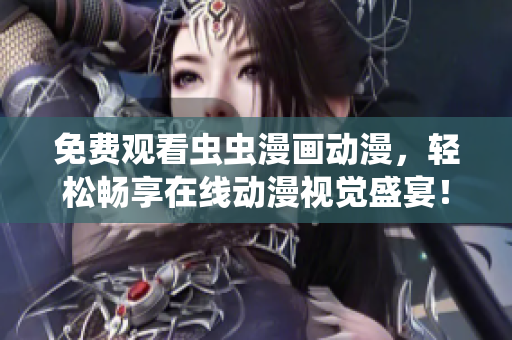Introduction
The world of humanistic art is full of magnificent works that have stood the test of time. From the breathtaking masterpieces of the Renaissance to the groundbreaking works of modern art, the Western world has produced an impressive array of artistic achievements throughout history.
Meanwhile, in China, the race to be the world leader in 5G technology is well underway. With the government heavily invested in the development of the technology, the country is poised to become a leading player in this field.
Amidst all this, students in a typical Chinese classroom face a multitude of challenges – from cramming for exams to dealing with peer pressure. In this article, we will explore some of the pressing issues faced by students in Chinese schools today, and how they might navigate them.
The Challenge of C1 Classes
For many students, taking C1 classes can be a daunting challenge. These classes are designed to be highly demanding and are often geared towards preparing students for entrance exams into prestigious universities.
To succeed in C1 classes, students must be highly motivated and dedicated to their studies. Teachers often expect students to complete a significant amount of homework and spend long hours outside the classroom in order to keep pace with the fast-moving curriculum.
However, despite the challenges of C1 classes, many students find that the hard work pays off in the end. Those who are able to stay the course and succeed in these classes often go on to achieve great things in academic and professional fields.
The Temptation of In-Game Purchases
As mobile games continue to grow in popularity, many students are finding themselves tempted to spend real money on in-game purchases. This can be a dangerous practice, as it can quickly lead to a cycle of addiction and financial debt.
Therefore, it is important for students to be informed about the risks associated with in-game purchases and to exercise caution in their gaming habits. Parents and teachers can play an important role in helping students stay informed, and in restricting access to games that may be harmful for students
The Pressure to Cheat
In some Chinese schools, cheating has become an almost endemic practice. Many students feel immense pressure to succeed in exams and assignments, and this can lead them to resort to unethical practices in order to get ahead.
However, cheating is not a sustainable practice in the long term. Students who resort to cheating may find that they lack important skills and knowledge later in life. Moreover, they may face serious consequences in academic and professional settings if they are caught cheating.
It is important for schools to place a greater emphasis on the development of ethical behavior in students. By creating a culture that values honesty and integrity, we can help students understand that the path to success is best traveled through hard work and dedication.
The Challenges of Southeast Asian Schools
Southeast Asian schools face a unique set of challenges, including limited resources and access to technology. In many parts of the region, there is a shortage of trained teachers and educational materials, making it difficult for students to receive a high-quality education.
Furthermore, poverty and other social factors can make it difficult for students to access the resources they need to succeed in school. In order to address these challenges, governments and other stakeholders must work together to invest in educational infrastructure and programs that will help students thrive.
Conclusion
The world of education is constantly evolving, and students in both China and Southeast Asia face a complex set of challenges as they navigate the modern world. However, with the right support and guidance, they can succeed in their academic and professional pursuits, and make a meaningful contribution to the world around them.









